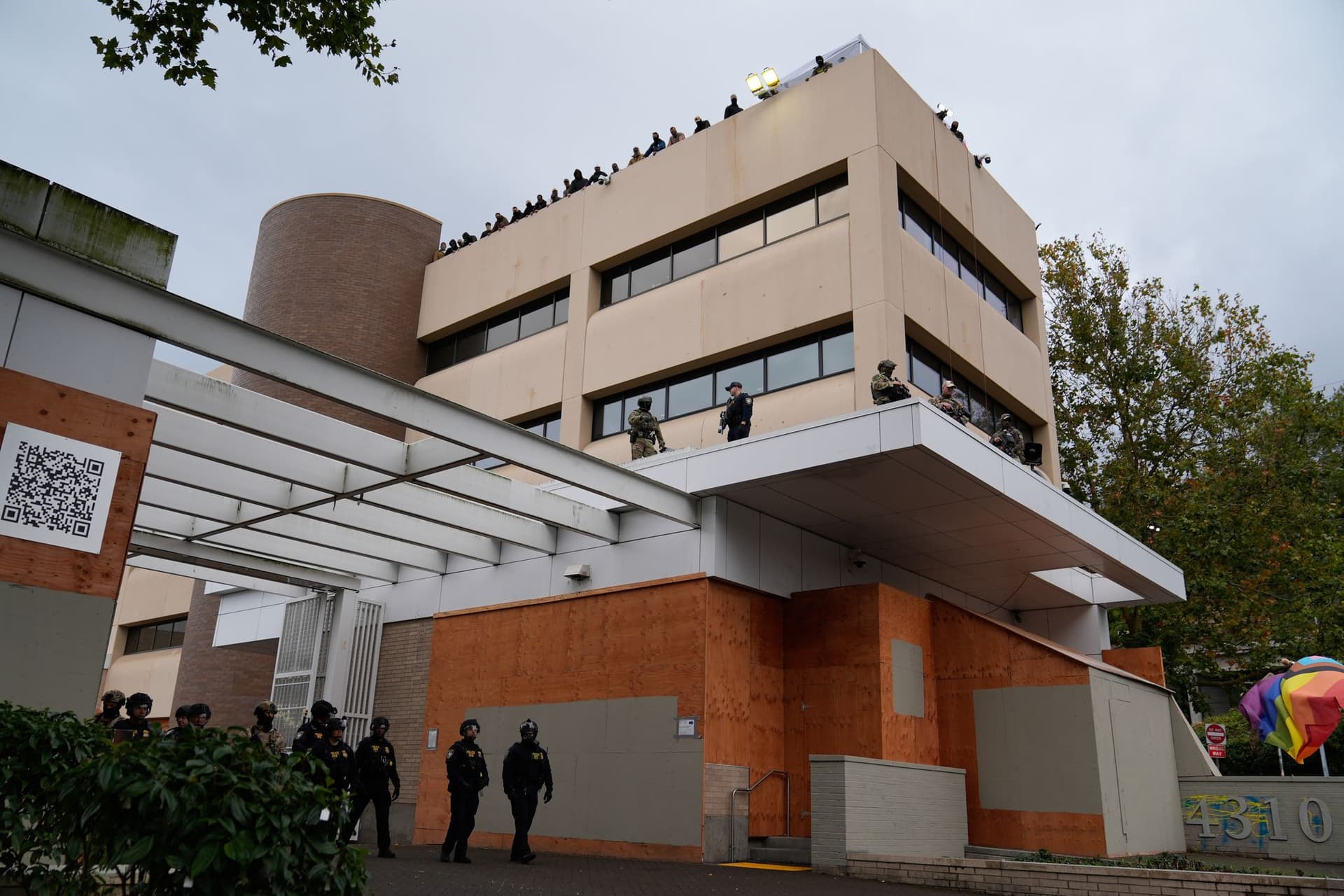Officer Critically Injured in Crash While Escorting Vance Motorcade
A police officer is in critical condition after a vehicle crash while supporting Vance’s motorcade, a development that spotlights risks associated with political security operations and the strain such events place on emergency services. The incident raises questions about officer safety protocols, the allocation of public resources, and the need for transparent reviews to protect both first responders and the communities they serve.
Listen to Article
Click play to generate audio

Local officials say a police officer was critically injured when a vehicle crash occurred while the officer was performing escort duties for Vance’s motorcade. Authorities have opened an investigation into the circumstances of the collision and have not released further details about the officer’s identity or medical status. The incident has prompted renewed scrutiny of motorcade procedures as well as broader concerns about public health and safety.
Motorcade escorts are routine at political events, but they require careful coordination among law enforcement, traffic control, and emergency medical services. When an escort results in a serious injury to an officer, it creates ripple effects across the emergency response system. Hospital intensive care units absorb a sudden need for critical trauma care, ambulance units may be diverted from other calls, and police departments must reassign personnel in already stretched forces to cover gaps in patrols and community services.
The human toll is immediate. A single officer’s critical injury affects colleagues on the force, first responders who manage the scene, and family members who face the prospect of a long recovery. Departments typically provide peer support and counseling, yet many agencies report resource limitations for comprehensive mental health services for staff. In communities with limited public health infrastructure, that gap can deepen long term health disparities among both responders and residents.
Beyond individual care, the crash highlights questions of policy and equity. Political security often requires substantial staffing and resources, and those allocations can come at the expense of routine community policing or social services in underresourced neighborhoods. The prioritization of security for high profile figures must be balanced against equal protection for everyday public safety needs. Public officials and police leaders will likely face calls to explain how motorcade planning accounted for local traffic conditions, staffing levels, and emergency contingencies.
Police training and safety protocols for escorts may also come under review. Departments must weigh the benefits of protective escorts against the risks they pose on public roadways and consider whether alternative measures can reduce exposure to harm. This may include revised routing procedures, improved communication with traffic control, and stricter criteria for when and how escorts are used. Any changes will require funding, oversight, and transparent reporting to restore public trust.
The broader public health system feels the impact as well. Serious injuries to first responders translate into costs for trauma care, rehabilitation, and potential long term disability. Worker compensation systems and municipal budgets must account for those costs while ensuring that the injured officer and their family receive sustained support.
As the investigation continues, community leaders and policymakers are likely to demand clarity on what happened and why. The outcome will influence not only the injured officer’s care but also how future political events are managed, how scarce emergency resources are allocated, and how communities can be protected equitably while safeguarding the safety of the people who protect them. Authorities have said they will provide updates as more information becomes available.


